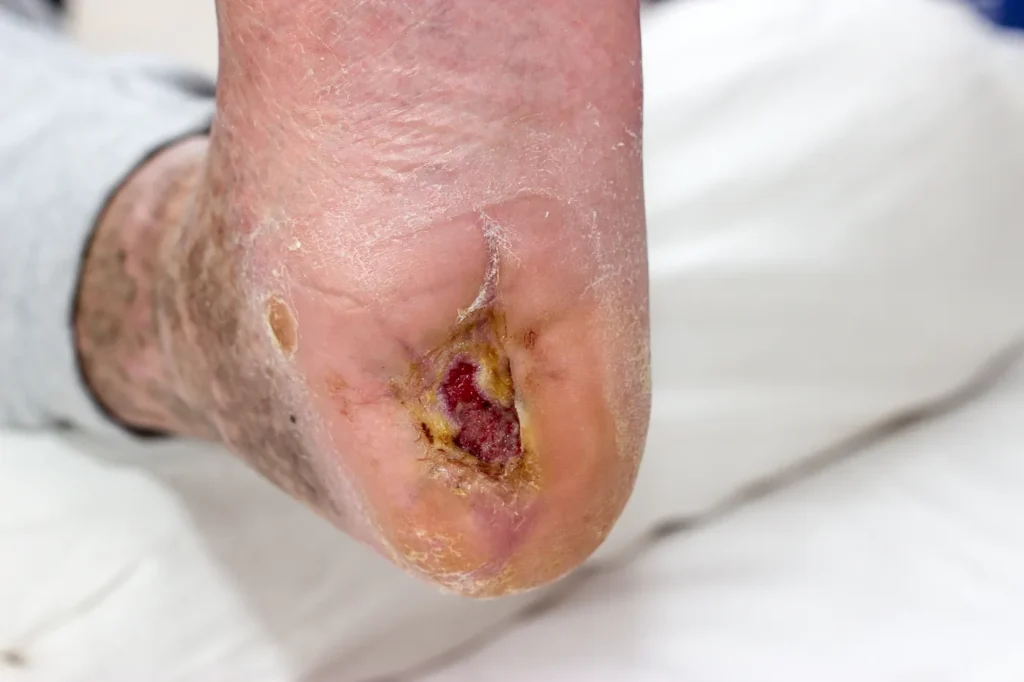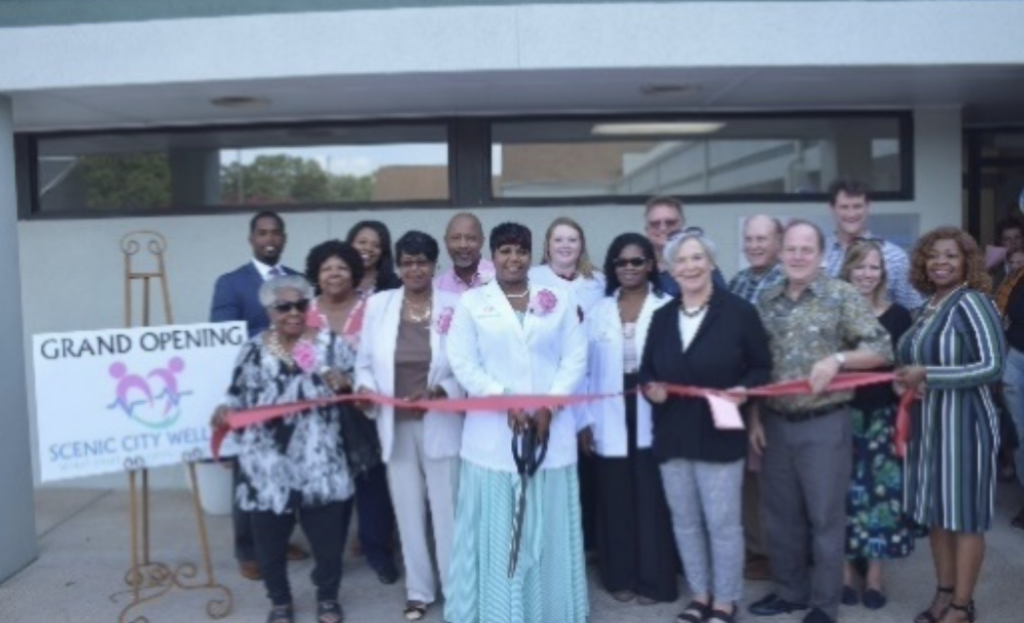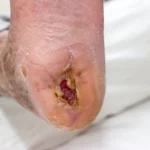The Transformative Role of AI in Clinical Trials
Mar 22, 2025Navigating Greek Life in College with Type 1
Jan 15, 2025The Awesomeness of the Patient Professor Academy
Dec 23, 2024Giving Thanks
Nov 23, 2024Unequal Foundations: How Historical Redlining Shapes Healthcare Access Today
- Desrae Yvette Woods
- 3 Minutes Read Time
In pharmacy school, research is a topic that students often shy away from. Many of us do not step up to the challenge of understanding why research is beneficial to our future careers as pharmacists, regardless of the path we choose. However, I had the opportunity to work on a research project that examined the relationship between historical redlining and its impact on access to novel anti-diabetic medications. Some may ask, what does one have to do with the other? I’m here to explain the connection between these two concepts.

First, what is historical redlining? According to Webster’s Dictionary, redlining is the illegal practice of refusing to offer credit or insurance in certain communities based on discriminatory factors, such as the race or ethnicity of its residents. When this occurs, social determinants of health come into play. Redlining stifles the advancement of entire communities, often forcing individuals to stay in underdeveloped areas. Our research found that the majority of people living in historically redlined areas came from poor, minority backgrounds.
The link to novel anti-diabetic medications is straightforward. If a community is underdeveloped and lacks resources—such as access to adequate healthcare—how can individuals with chronic conditions like diabetes access life-saving medications? Diabetes medications are essential for managing blood glucose levels, but people forced to live in communities that have been disadvantaged by discriminatory laws and practices face barriers to accessing such critical care.
Social determinants of health are a powerful concept. As healthcare providers, we must look beyond our patients as just another statistic. We need to understand the various factors contributing to their overall condition, whether it’s medication adherence, the ability to see a primary care provider, or even affording their prescriptions. The art of treating a patient goes beyond the surface; it involves understanding their background, challenges, and the systemic obstacles they face.

But how can we, as healthcare providers, give the support needed to look beyond social determinants of health? Start by showing empathy. Put yourself in your patients’ shoes, take a moment to see their struggles, and understand what they go through. Another way is to ask questions and build a relationship. Too often, we see healthcare providers not taking the time to establish a connection with their patients. A relationship forms the foundation of trust, creating a safe space where people feel comfortable sharing their experiences. These are just a few ways we can challenge the divide that has grown between providers and patient care. Once again, become a champion for your patients and see them for everything they are.
As times change, we must reflect on our roles as healthcare providers. We have a responsibility to be unofficial champions of patient-centered care, ensuring that every individual receives the support and resources they need for their well-being.
Desrae Yvette Woods, originally from South Florida and currently a third-year student at the University of Florida College of Pharmacy in Orlando. Ms. Woods is dedicated to promoting proper health education and encouraging individuals to take proactive steps in managing their health to prevent future harm. She is committed to ensuring inclusive education, and believes that with the right knowledge and resources, everyone can strive to be their best selves.
Pharm.D. Candidate, Class of 2026
SNPhA Orlando President 2024-2025
Pharmacy Student Council Vice President of Accessibility, Equity and Inclusion
Black Lives Student Coalition (BLS-C) Orlando Campus Liaison Co-Chair
Kappa Epsilon Beta Beta Chapter Member

















